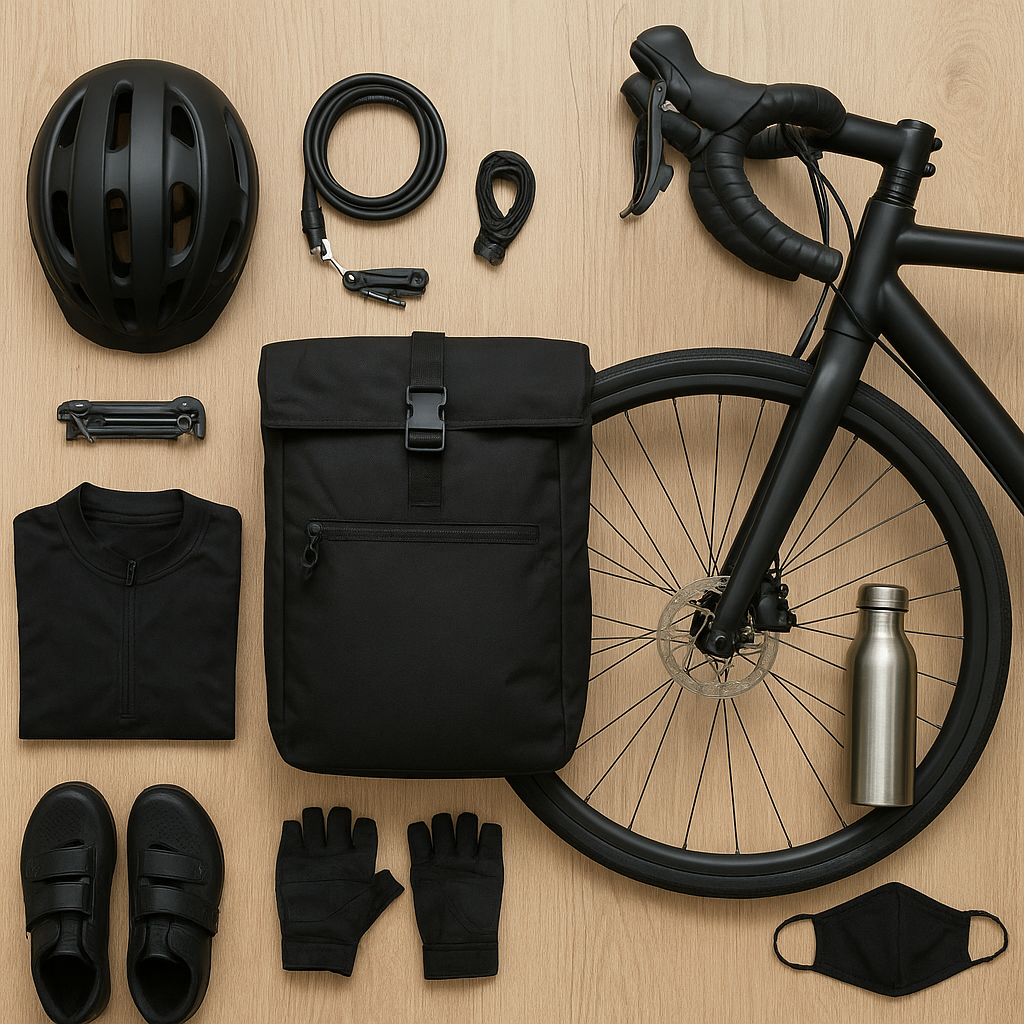Maintaining a clean and efficient drivetrain is crucial for the longevity and performance of your bicycle. A well-maintained drivetrain not only ensures a smoother ride but also reduces the wear and tear on your bike’s components. In this article, we will explore various tips and techniques to keep your bicycle drivetrain in top condition.
Understanding the Bicycle Drivetrain
The drivetrain is the heart of your bicycle’s mechanical system. It consists of several key components, including the chain, chainrings, cassette, derailleurs, and crankset. Each of these parts works in unison to transfer power from your pedals to the wheels, propelling you forward. Understanding the function and importance of each component is the first step in maintaining a clean and efficient drivetrain.
The Chain
The chain is arguably the most critical component of the drivetrain. It connects the front chainrings to the rear cassette, allowing for the transfer of power. A dirty or worn-out chain can lead to poor shifting performance and increased wear on other drivetrain components. Regular cleaning and lubrication are essential to keep the chain in optimal condition.
Chainrings and Cassette
The chainrings are the large gears attached to the crankset, while the cassette is the cluster of gears on the rear wheel. These components work together to provide a range of gear ratios, allowing you to tackle various terrains. Keeping the chainrings and cassette clean is vital for smooth shifting and efficient power transfer.
Derailleurs
The derailleurs are responsible for moving the chain between different gears. The front derailleur shifts the chain between the chainrings, while the rear derailleur moves it across the cassette. Properly functioning derailleurs are essential for precise and reliable gear changes. Regular cleaning and adjustment can help maintain their performance.
Cleaning Your Drivetrain
Regular cleaning is the cornerstone of drivetrain maintenance. Dirt, grime, and debris can accumulate on the chain, chainrings, cassette, and derailleurs, leading to poor performance and increased wear. Here are some steps to effectively clean your drivetrain:
Gather Your Supplies
Before you start cleaning, gather the necessary supplies. You will need:
- Degreaser
- Chain cleaning tool or brush
- Rags or paper towels
- Water and soap
- Lubricant
Remove the Chain
If your chain has a quick link, you can easily remove it for thorough cleaning. If not, you can clean the chain while it is still on the bike. Use a chain cleaning tool or a brush to scrub away dirt and grime. Apply degreaser to the chain and let it sit for a few minutes before scrubbing.
Clean the Chainrings and Cassette
Use a brush and degreaser to clean the chainrings and cassette. Pay special attention to the spaces between the gears, as dirt can accumulate there. Rinse with water and dry thoroughly with a rag or paper towel.
Clean the Derailleurs
Wipe down the derailleurs with a rag soaked in degreaser. Use a brush to remove any stubborn dirt. Be careful not to damage the delicate components. Rinse with water and dry thoroughly.
Reassemble and Lubricate
Once all components are clean and dry, reassemble the chain if you removed it. Apply a suitable lubricant to the chain, ensuring that each link is properly lubricated. Wipe off any excess lubricant to prevent dirt from sticking to the chain.
Maintaining Your Drivetrain
Regular maintenance is key to keeping your drivetrain clean and efficient. Here are some tips to help you maintain your drivetrain:
Regular Inspections
Inspect your drivetrain regularly for signs of wear and damage. Look for stretched or damaged chain links, worn chainrings, and cassette teeth. Address any issues promptly to prevent further damage.
Lubrication
Lubricate your chain regularly, especially after riding in wet or muddy conditions. Use a lubricant suitable for your riding conditions, such as dry lube for dry conditions and wet lube for wet conditions. Avoid over-lubricating, as excess lubricant can attract dirt.
Proper Shifting
Practice proper shifting techniques to reduce wear on your drivetrain. Avoid cross-chaining, which occurs when the chain is at extreme angles, such as being on the largest chainring and the largest cassette cog simultaneously. Shift smoothly and avoid shifting under heavy load.
Storage
Store your bicycle in a clean, dry place to prevent rust and corrosion. If you store your bike for an extended period, consider removing the chain and storing it separately to prevent it from seizing.
Conclusion
Keeping your bicycle drivetrain clean and efficient requires regular maintenance and attention to detail. By understanding the components of the drivetrain and following proper cleaning and maintenance techniques, you can ensure a smoother ride and extend the life of your bike’s components. Regular inspections, proper lubrication, and mindful shifting practices are essential for maintaining a clean and efficient drivetrain. With these tips, you can enjoy a more reliable and enjoyable cycling experience.












